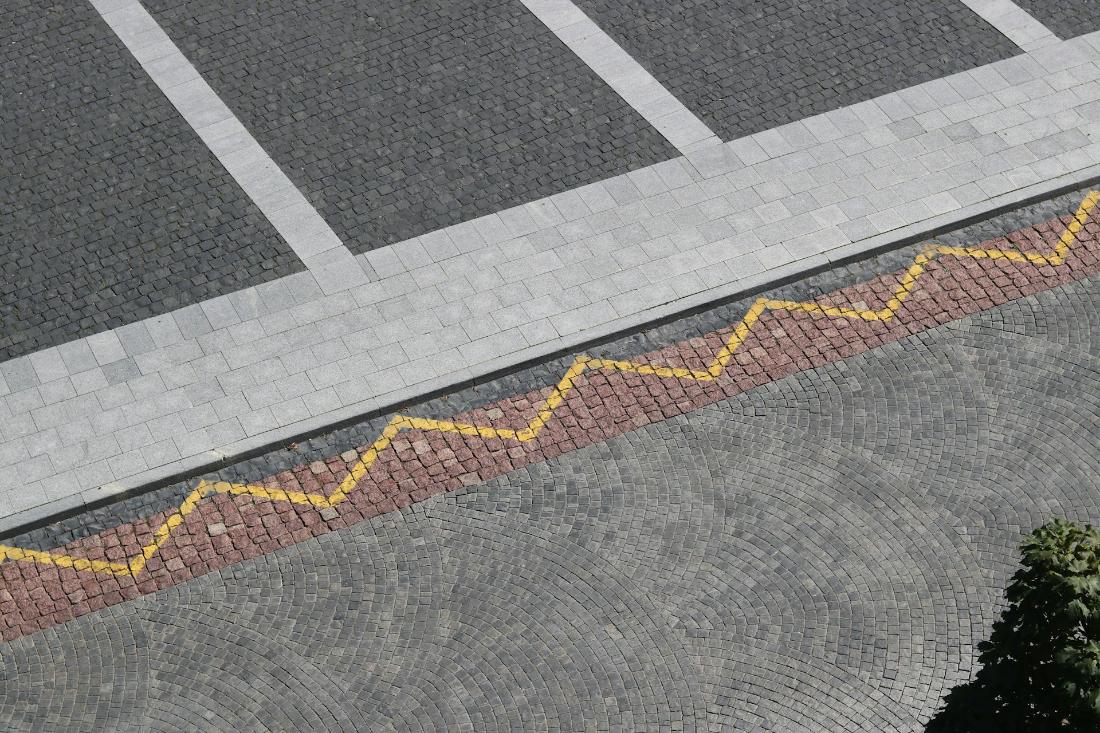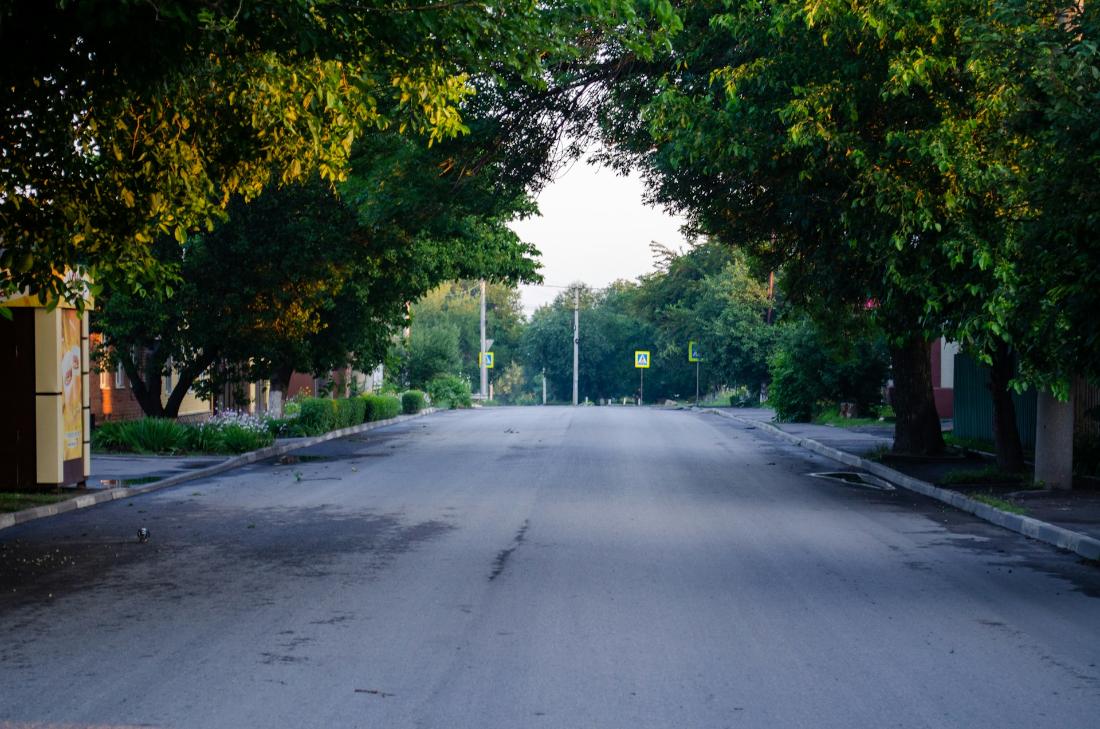Garden
Road Kerb Supplier in Malaysia: The Unsung Guardians of Our Urban Landscape
Nov 19 2025
Drive along any well-paved highway in Kuala Lumpur, navigate the carefully planned streets of Putrajaya's administrative capital, or wander through a thoughtfully developed township in Selangor, and you will witness the silent, steady work of an often-overlooked guardian of our urban environment: the humble road kerb. These unassuming concrete sentinels, lining our roads and pathways, perform a symphony of crucial functions that most of us take for granted until their absence becomes glaringly apparent. Behind every kilometre of this essential urban infrastructure stands a critical player in Malaysia's construction ecosystem—the road kerb supplier. This is not merely a business of selling concrete blocks; it is a profession dedicated to safety, durability, and the very organization of our public spaces, requiring a deep understanding of engineering, materials science, and the specific demands of the Malaysian environment.
The role of a road kerb extends far beyond its simple appearance as a boundary between the road and the pedestrian footpath. A quality kerb system is a multi-functional asset, a first line of defence in urban management and public safety. Its primary and most visible function is channeling surface water runoff during Malaysia's intense tropical downpours. Strategically placed kerbs work in concert with road camber and gully gratings to direct millions of litres of rainwater efficiently into the drainage system, preventing pooling and aquaplaning that could lead to dangerous driving conditions. This efficient water management is crucial for preventing flash floods, a recurring challenge in many Malaysian urban areas. Without effective kerbing, water would spread indiscriminately, eroding sub-soils, undermining road foundations, and inundating properties and businesses.
Beyond hydrology, kerbs provide critical tactile and visual guidance for all road users. For drivers, the kerb acts as a clear delineator, defining the edge of the carriageway and helping to prevent vehicles from accidentally mounting the footpath. This is especially vital at night or during heavy rain when visibility is poor. For pedestrians, particularly the visually impaired, the change in texture and elevation where the kerb meets the footpath serves as an essential navigational cue. The gentle slope of a dropped kerb at crossings ensures accessibility for wheelchairs, prams, and bicycles, promoting inclusive urban mobility. Furthermore, kerbs perform a vital structural function by retaining the road pavement edge. They confine the asphalt layers and the road base, preventing lateral spreading and disintegration under the constant stress of traffic, thereby significantly extending the lifespan of the road itself. A reliable kerb supplier, therefore, provides a product that is fundamental to the safety, accessibility, and longevity of our infrastructure.
The role of a road kerb extends far beyond its simple appearance as a boundary between the road and the pedestrian footpath. A quality kerb system is a multi-functional asset, a first line of defence in urban management and public safety. Its primary and most visible function is channeling surface water runoff during Malaysia's intense tropical downpours. Strategically placed kerbs work in concert with road camber and gully gratings to direct millions of litres of rainwater efficiently into the drainage system, preventing pooling and aquaplaning that could lead to dangerous driving conditions. This efficient water management is crucial for preventing flash floods, a recurring challenge in many Malaysian urban areas. Without effective kerbing, water would spread indiscriminately, eroding sub-soils, undermining road foundations, and inundating properties and businesses.
Beyond hydrology, kerbs provide critical tactile and visual guidance for all road users. For drivers, the kerb acts as a clear delineator, defining the edge of the carriageway and helping to prevent vehicles from accidentally mounting the footpath. This is especially vital at night or during heavy rain when visibility is poor. For pedestrians, particularly the visually impaired, the change in texture and elevation where the kerb meets the footpath serves as an essential navigational cue. The gentle slope of a dropped kerb at crossings ensures accessibility for wheelchairs, prams, and bicycles, promoting inclusive urban mobility. Furthermore, kerbs perform a vital structural function by retaining the road pavement edge. They confine the asphalt layers and the road base, preventing lateral spreading and disintegration under the constant stress of traffic, thereby significantly extending the lifespan of the road itself. A reliable kerb supplier, therefore, provides a product that is fundamental to the safety, accessibility, and longevity of our infrastructure.
The journey of a kerb, from raw material to a finished product installed along a bustling street, begins with the science of its composition. Reputable suppliers in Malaysia understand that not all concrete is created equal. The standard mix for a durable road kerb involves a precise blend of high-strength cement, clean and well-graded aggregates (typically crushed granite or river gravel), sand, and water. The specific mix design is paramount, aiming for a minimum compressive strength, often exceeding 40 MPa, to withstand the immense loads and impacts from vehicles. Many leading suppliers enhance their mixes with special additives such as water-reducing agents to improve workability and final strength, or air-entraining agents that create microscopic bubbles within the concrete. These bubbles provide crucial space for water to expand into when it freezes—a consideration for projects in cooler highland areas like Genting or Cameron Highlands—thereby preventing the concrete from cracking and spalling.
The manufacturing process itself is a testament to precision and quality control. While some basic kerbs are still produced using traditional wet-cast methods, most modern suppliers in Malaysia utilize the more efficient and superior vibro-compaction technique. In this process, the zero-slump, dry-mix concrete is poured into steel moulds mounted on a vibrating table. The intense vibration compacts the concrete with tremendous force, removing air pockets and ensuring a dense, homogeneous, and incredibly strong product. This results in a kerb with a smoother finish, sharper edges, and higher durability compared to wet-cast alternatives. Once demoulded, the kerbs are not immediately ready for dispatch. They enter a critical curing phase, where they are kept in a controlled, humid environment for several days. Proper curing is not a shortcut that can be bypassed; it is an essential step that allows the concrete to achieve its designed strength and hardness gradually, preventing premature cracking and ensuring the product will perform for decades.
The Malaysian market offers a variety of kerb types, each designed for a specific purpose, and a knowledgeable supplier will guide contractors and consultants to the right choice. The most common is the straight, vertical barrier kerb, designed to sharply delineate the road from the footpath and discourage vehicles from crossing the boundary. For areas where vehicle access across the footpath is necessary, such as residential driveways or commercial loading bays, a sloped or dropped kerb is supplied. These are designed with a gradual incline to allow vehicles to cross comfortably without damaging their tyres or the kerb itself. In recent years, the architectural or landscaped kerb has gained significant popularity. Available in a range of colours, textures, and even curved profiles, these kerbs are used in parks, residential estates, and commercial complexes to add aesthetic value while still performing their functional duties. A full-service supplier will stock this entire ecosystem of products, ensuring a consistent and cohesive look for any development project.
The manufacturing process itself is a testament to precision and quality control. While some basic kerbs are still produced using traditional wet-cast methods, most modern suppliers in Malaysia utilize the more efficient and superior vibro-compaction technique. In this process, the zero-slump, dry-mix concrete is poured into steel moulds mounted on a vibrating table. The intense vibration compacts the concrete with tremendous force, removing air pockets and ensuring a dense, homogeneous, and incredibly strong product. This results in a kerb with a smoother finish, sharper edges, and higher durability compared to wet-cast alternatives. Once demoulded, the kerbs are not immediately ready for dispatch. They enter a critical curing phase, where they are kept in a controlled, humid environment for several days. Proper curing is not a shortcut that can be bypassed; it is an essential step that allows the concrete to achieve its designed strength and hardness gradually, preventing premature cracking and ensuring the product will perform for decades.
The Malaysian market offers a variety of kerb types, each designed for a specific purpose, and a knowledgeable supplier will guide contractors and consultants to the right choice. The most common is the straight, vertical barrier kerb, designed to sharply delineate the road from the footpath and discourage vehicles from crossing the boundary. For areas where vehicle access across the footpath is necessary, such as residential driveways or commercial loading bays, a sloped or dropped kerb is supplied. These are designed with a gradual incline to allow vehicles to cross comfortably without damaging their tyres or the kerb itself. In recent years, the architectural or landscaped kerb has gained significant popularity. Available in a range of colours, textures, and even curved profiles, these kerbs are used in parks, residential estates, and commercial complexes to add aesthetic value while still performing their functional duties. A full-service supplier will stock this entire ecosystem of products, ensuring a consistent and cohesive look for any development project.
In the context of Malaysia's rigorous construction standards, compliance is non-negotiable. A reputable road kerb supplier must have an intimate understanding of and adherence to local specifications and standards. The most critical of these are the Jabatan Kerja Raya (JKR) standards. JKR has detailed specifications for concrete works and road furniture, outlining required strengths, dimensions, tolerances, and testing protocols. Suppliers whose products are consistently used in government tenders and public infrastructure projects have proven their compliance with these stringent requirements. Furthermore, many leading suppliers operate precast concrete plants that are certified under the CIDB (Construction Industry Development Board) QLASSIC (Quality Assessment System in Construction) scheme, which assesses the quality of workmanship of building construction. This certification provides an independent verification of the supplier's commitment to quality and consistency, giving engineers, architects, and project owners greater confidence in their products.
The relationship between a kerb supplier and their clients, primarily civil engineering contractors, is built on more than just the transaction of goods. It is a partnership grounded in reliability and logistical precision. A major road construction project operates on a tight schedule where delays can incur massive financial penalties. The contractor relies on the supplier to deliver the right quantity of the correct kerb type to the site exactly when needed. This requires the supplier to have robust production planning and a capable logistics fleet. The delivery of kerbs is a skilled operation; these heavy, brittle products must be handled carefully to prevent chipping and cracking. They are typically transported on flatbed lorries and unloaded using specialized equipment like lorry-mounted cranes or forklifts with appropriate attachments. A supplier's ability to manage this complex supply chain smoothly is as important as the quality of the kerbs they produce.
The true test of a kerb's quality, however, happens after installation, under the relentless Malaysian sun and the torrential seasonal rains. The local climate presents unique challenges that a supplier must account for in their product design. Prolonged exposure to intense ultraviolet radiation can cause fading and accelerate the wear of surface finishes. More critically, the cyclic nature of heavy rain and hot sun subjects the concrete to constant expansion and contraction. A kerb produced with a substandard mix or improper curing will quickly show signs of distress, developing hairline cracks that allow water to penetrate. During the day, this water turns to steam within the concrete, creating internal pressure that can eventually cause the surface to spall and flake off. A high-quality kerb, manufactured with the right techniques and materials, is engineered to withstand this thermal cycling, maintaining its structural integrity and appearance for years.
The relationship between a kerb supplier and their clients, primarily civil engineering contractors, is built on more than just the transaction of goods. It is a partnership grounded in reliability and logistical precision. A major road construction project operates on a tight schedule where delays can incur massive financial penalties. The contractor relies on the supplier to deliver the right quantity of the correct kerb type to the site exactly when needed. This requires the supplier to have robust production planning and a capable logistics fleet. The delivery of kerbs is a skilled operation; these heavy, brittle products must be handled carefully to prevent chipping and cracking. They are typically transported on flatbed lorries and unloaded using specialized equipment like lorry-mounted cranes or forklifts with appropriate attachments. A supplier's ability to manage this complex supply chain smoothly is as important as the quality of the kerbs they produce.
The true test of a kerb's quality, however, happens after installation, under the relentless Malaysian sun and the torrential seasonal rains. The local climate presents unique challenges that a supplier must account for in their product design. Prolonged exposure to intense ultraviolet radiation can cause fading and accelerate the wear of surface finishes. More critically, the cyclic nature of heavy rain and hot sun subjects the concrete to constant expansion and contraction. A kerb produced with a substandard mix or improper curing will quickly show signs of distress, developing hairline cracks that allow water to penetrate. During the day, this water turns to steam within the concrete, creating internal pressure that can eventually cause the surface to spall and flake off. A high-quality kerb, manufactured with the right techniques and materials, is engineered to withstand this thermal cycling, maintaining its structural integrity and appearance for years.
Sustainability is also becoming an increasingly important consideration for the modern construction industry, and kerb suppliers are no exception. Forward-thinking companies are exploring ways to reduce the environmental footprint of their products. This includes optimizing mix designs to use less cement—a major contributor to CO2 emissions—without compromising strength, often by incorporating industrial by-products like fly ash or ground granulated blast-furnace slag (GGBS). Some suppliers also implement water recycling systems in their batching plants and prioritize sourcing aggregates from responsible quarries. While a concrete kerb is inherently a permanent product, its long service life and role in creating durable, long-lasting infrastructure that won't require frequent replacement is, in itself, a significant sustainable advantage.
In conclusion, the selection of a road kerb supplier in Malaysia is a decision that carries weight far beyond the unit cost of a concrete block. It is a choice that impacts the safety of millions of road users, the efficiency of urban drainage systems, the accessibility of our public spaces, and the long-term durability of multi-million-ringgit infrastructure projects. The best suppliers are those who view themselves not just as manufacturers, but as partners in nation-building. They combine material expertise with manufacturing discipline, a deep respect for local standards, and an unwavering commitment to reliability. The next time you drive along a smooth, well-defined road, safe from water pooling and confident in your lane, take a moment to notice the continuous line of kerbs guiding your way. They are the silent, steadfast result of an industry dedicated to building a safer, more organized, and more resilient Malaysia, one carefully crafted concrete section at a time.
In conclusion, the selection of a road kerb supplier in Malaysia is a decision that carries weight far beyond the unit cost of a concrete block. It is a choice that impacts the safety of millions of road users, the efficiency of urban drainage systems, the accessibility of our public spaces, and the long-term durability of multi-million-ringgit infrastructure projects. The best suppliers are those who view themselves not just as manufacturers, but as partners in nation-building. They combine material expertise with manufacturing discipline, a deep respect for local standards, and an unwavering commitment to reliability. The next time you drive along a smooth, well-defined road, safe from water pooling and confident in your lane, take a moment to notice the continuous line of kerbs guiding your way. They are the silent, steadfast result of an industry dedicated to building a safer, more organized, and more resilient Malaysia, one carefully crafted concrete section at a time.



